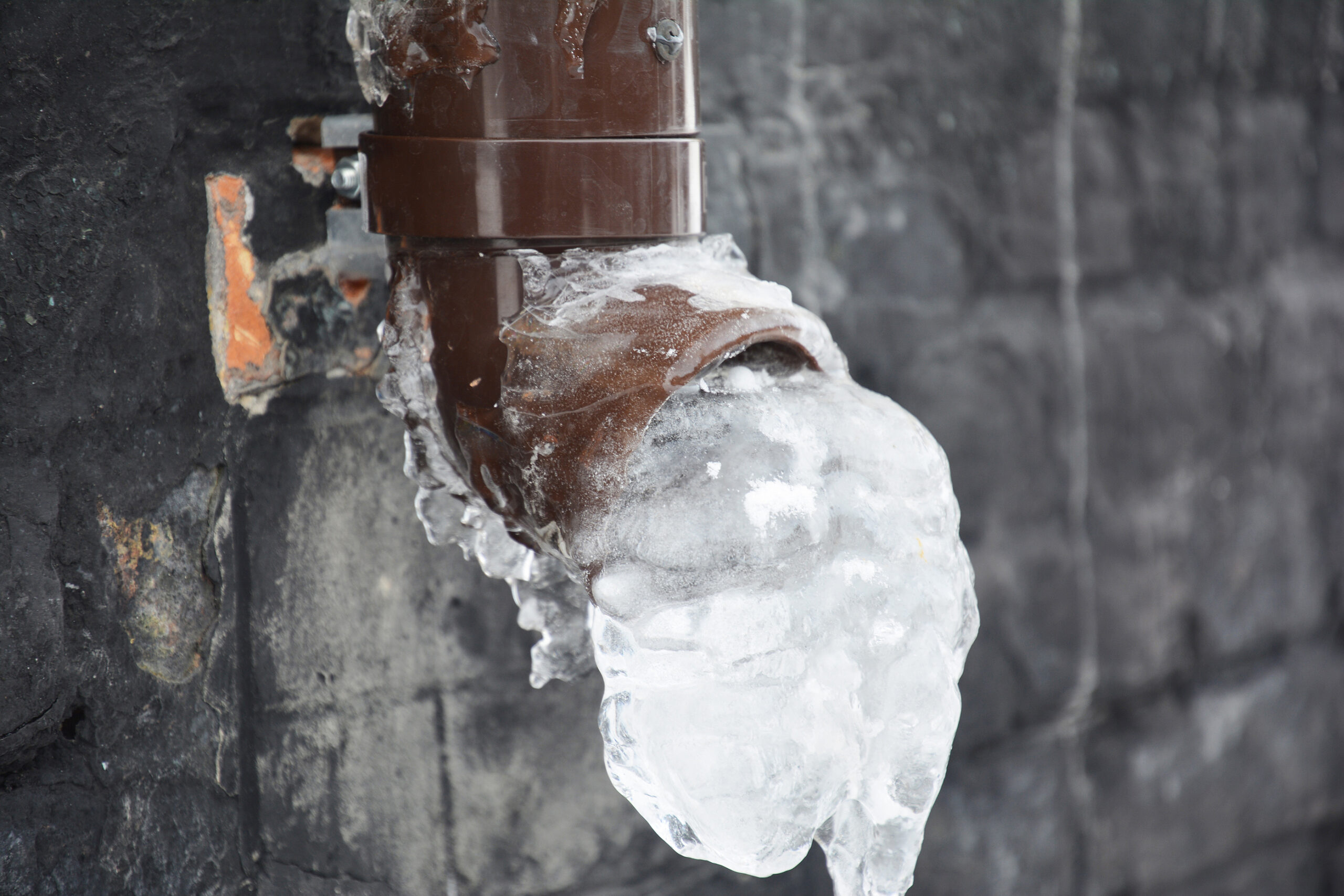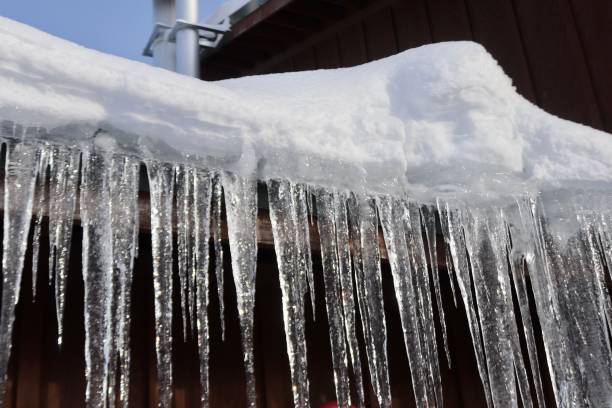Guidance for Avoiding Frozen Pipes in Cold Weather: Specialist Advice
Guidance for Avoiding Frozen Pipes in Cold Weather: Specialist Advice
Blog Article
Presented here in the next paragraphs you'll find a bunch of helpful information when it comes to How to prepare your home plumbing for winter weather.

Winter can ruin your pipes, especially by freezing pipes. Right here's how to avoid it from happening and what to do if it does.
Introduction
As temperature levels decline, the threat of frozen pipes rises, possibly causing pricey repair work and water damage. Recognizing just how to prevent frozen pipes is important for house owners in cool environments.
Recognizing Icy Pipelines
What creates pipelines to ice up?
Pipelines freeze when subjected to temperatures below 32 ° F (0 ° C) for prolonged periods. As water inside the pipelines freezes, it broadens, putting pressure on the pipe wall surfaces and potentially triggering them to break.
Dangers and problems
Frozen pipelines can lead to water disruptions, property damage, and expensive repair work. Ruptured pipes can flood homes and trigger considerable structural damage.
Indications of Frozen Water Lines
Recognizing frozen pipes early can stop them from breaking.
How to identify frozen pipes
Search for reduced water flow from faucets, unusual odors or noises from pipes, and noticeable frost on revealed pipelines.
Avoidance Tips
Protecting susceptible pipes
Wrap pipes in insulation sleeves or utilize heat tape to protect them from freezing temperature levels. Concentrate on pipelines in unheated or exterior areas of the home.
Heating strategies
Keep indoor rooms sufficiently heated up, specifically areas with plumbing. Open up cupboard doors to enable warm air to flow around pipelines under sinks.
Securing Outdoor Pipes
Yard hose pipes and outdoor taps
Disconnect and drain pipes garden hoses prior to winter season. Mount frost-proof spigots or cover exterior faucets with shielded caps.
What to Do If Your Pipes Freeze
Immediate activities to take
If you think icy pipes, maintain faucets open up to alleviate pressure as the ice thaws. Use a hairdryer or towels taken in warm water to thaw pipes gradually.
Long-Term Solutions
Architectural adjustments
Think about rerouting pipelines away from exterior walls or unheated areas. Include added insulation to attic rooms, basements, and crawl spaces.
Upgrading insulation
Purchase high-grade insulation for pipelines, attic rooms, and walls. Proper insulation aids maintain consistent temperatures and decreases the danger of frozen pipelines.
Conclusion
Protecting against frozen pipelines needs aggressive steps and quick feedbacks. By understanding the reasons, indications, and preventive measures, house owners can secure their plumbing during winter.
5 Ways to Prevent Frozen Pipes
Drain Outdoor Faucets and Disconnect Hoses
First, close the shut-off valve that controls the flow of water in the pipe to your outdoor faucet. Then, head outside to disconnect and drain your hose and open the outdoor faucet to allow the water to completely drain out of the line. Turn off the faucet when done. Finally, head back to the shut-off valve and drain the remaining water inside the pipe into a bucket or container. Additionally, if you have a home irrigation system, you should consider hiring an expert to clear the system of water each year.
Insulate Pipes
One of the best and most cost-effective methods for preventing frozen water pipes is to wrap your pipes with insulation. This is especially important for areas in your home that aren’t exposed to heat, such as an attic. We suggest using foam sleeves, which can typically be found at your local hardware store.
Keep Heat Running at 65
Your pipes are located inside your walls, and the temperature there is much colder than the rest of the house. To prevent your pipes from freezing, The Insurance Information Institute suggests that you keep your home heated to at least 65 degrees, even when traveling. You may want to invest in smart devices that can keep an eye on the temperature in your home while you’re away.
Leave Water Dripping
Moving water — even a small trickle — can prevent ice from forming inside your pipes. When freezing temps are imminent, start a drip of water from all faucets that serve exposed pipes. Leaving a few faucets running will also help relieve pressure inside the pipes and help prevent a rupture if the water inside freezes.
Open Cupboard Doors
Warm your kitchen and bathroom pipes by opening cupboards and vanities. You should also leave your interior doors ajar to help warm air circulate evenly throughout your home.

Do you really like reading up on 6 Ways to Prevent Frozen Pipes? Give a remark down the page. We would be happy to hear your insights about this posting. In hopes that you come back again before long. Sharing is good. Helping people is fun. Thanks for your time. Revisit us soon.
Call Today Report this page